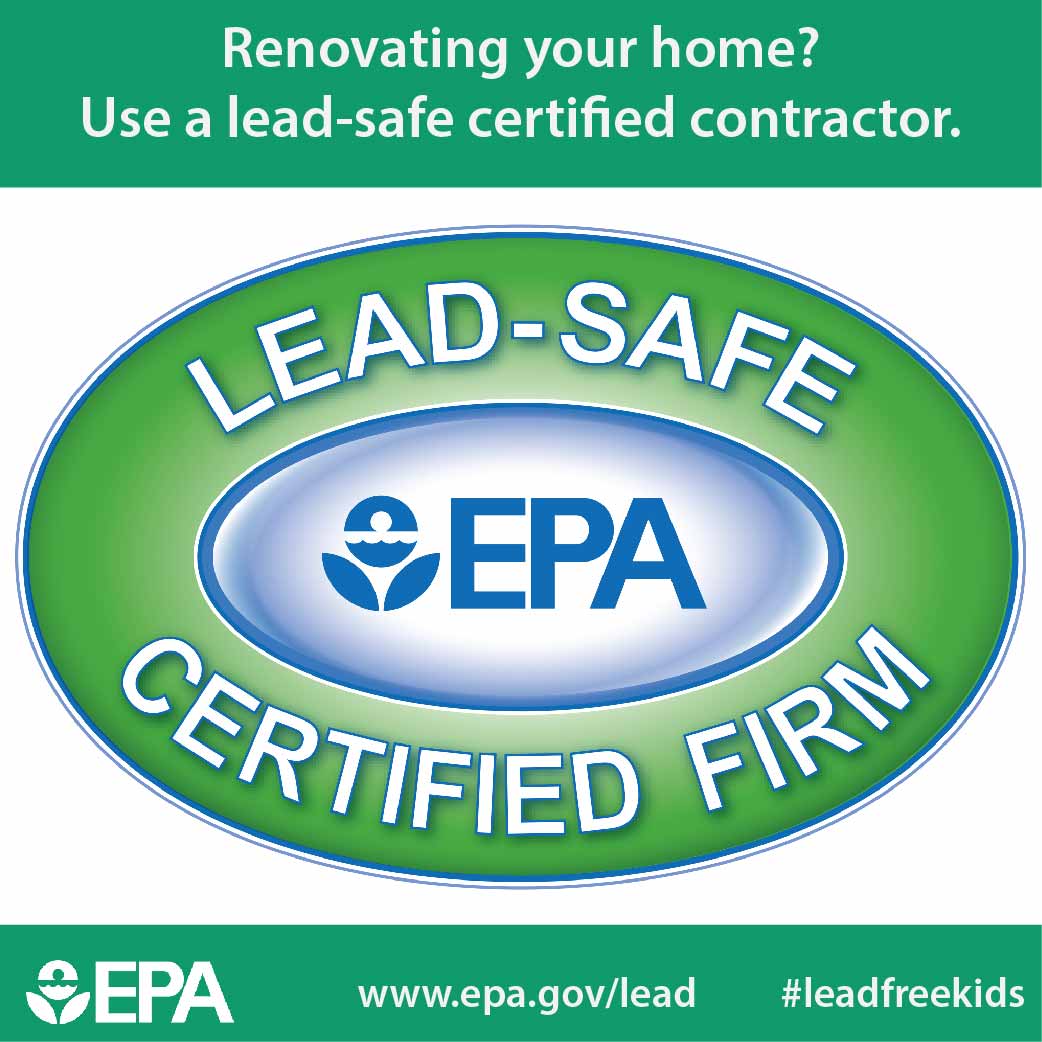Recognizing Seasonal Influences On Commercial Exterior Paint: Important Expertise For Success
Recognizing Seasonal Influences On Commercial Exterior Paint: Important Expertise For Success
Blog Article
Material Created By-Leach Chaney
When you're intending a business external paint job, seasonal factors can make or damage your outcomes. You'll intend to consider just how temperature and moisture impact paint application and drying times. Picking the ideal season can guarantee your paint adheres appropriately and lasts much longer. However which periods are really the very best for this type of work? Allow's discover the key elements that can impact your project's success.
The Influence of Temperature on Paint Application
When you're planning an industrial external paint job, the temperature can considerably impact how well the paint sticks and dries out.
Ideally, you want to repaint when temperature levels range between 50 ° F and 85 ° F. If it's as well cool, the paint might not cure appropriately, causing issues like peeling or cracking.
On the flip side, if it's also hot, the paint can dry too quickly, avoiding appropriate bond and resulting in an irregular surface.
You ought to likewise think about the moment of day; morning or late afternoon offers cooler temperatures, which can be a lot more beneficial.
Always check the supplier's recommendations for the certain paint you're using, as they often give assistance on the suitable temperature array for optimal outcomes.
Humidity and Its Effect on Drying Times
Temperature level isn't the only ecological aspect that affects your commercial exterior painting job; moisture plays a substantial role too. High moisture levels can slow down drying times substantially, influencing the overall top quality of your paint job.
When the air is saturated with dampness, the paint takes longer to treat, which can result in problems like poor adhesion and a greater danger of mold growth. If you're painting on a particularly moist day, be gotten ready for extensive wait times in between layers.
It's critical to keep an eye on neighborhood climate condition and plan as necessary. Ideally, aim for moisture levels in between 40% and 70% for optimal drying out.
Maintaining https://www.domain.com.au/living/nine-expert-tips-to-make-your-diy-painting-project-succeed-20180426-h0zako/ consider mind guarantees your project remains on track and provides a long lasting finish.
Best Seasons for Commercial Outside Painting Projects
What's the most effective season for your business external paint projects?
Spring and early loss are typically your best bets. During these seasons, temperature levels are mild, and moisture degrees are frequently reduced, producing perfect conditions for paint application and drying out.
Prevent summer's intense heat, which can cause paint to completely dry as well quickly, leading to poor adhesion and finish. Similarly, winter months's cold temperatures can prevent correct drying out and curing, taking the chance of the longevity of your paint task.
Go for days with temperatures in between 50 ° F and 85 ° F for ideal results. Keep in mind to examine the neighborhood weather report for rainfall, as wet conditions can spoil your project.
Preparation around these factors guarantees your paint task runs smoothly and lasts much longer.
Verdict
Finally, intending your industrial external painting tasks around seasonal considerations can make a significant distinction in the result. By organizing work throughout the perfect temperatures and moisture levels, you'll make sure far better bond and drying times. Keep in dangers of using old paint to watch on local weather forecasts and select the correct time of year-- springtime and very early autumn are your best options. Taking these steps will certainly aid you accomplish a resilient and expert surface that lasts.
